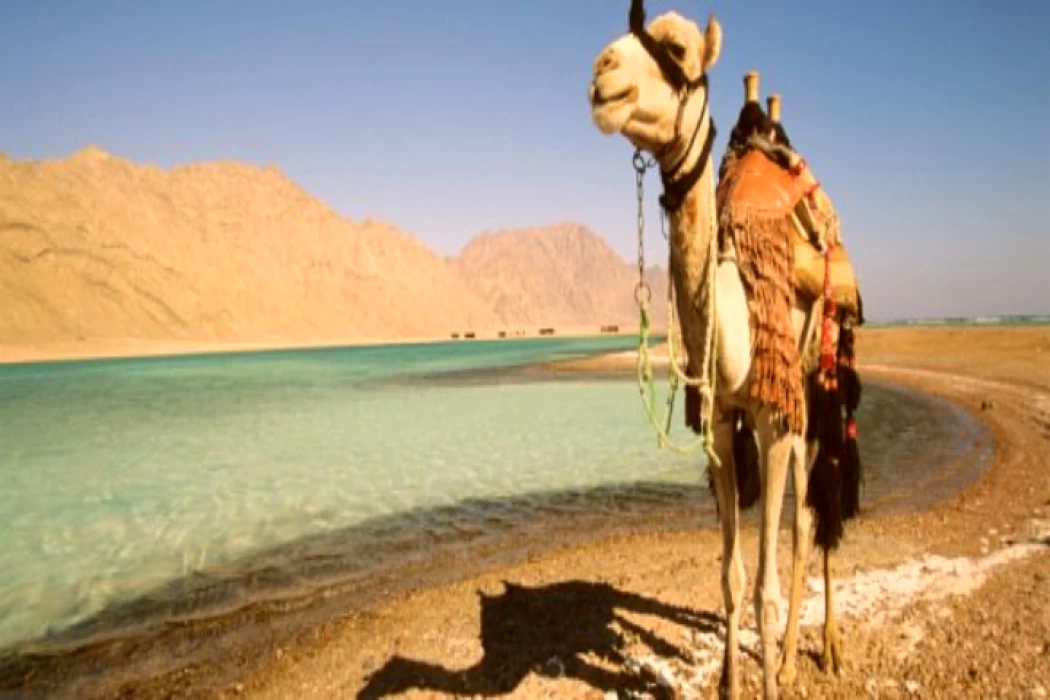
Abu Galum Reserve / Red Sea
Abu jalum reserve, a multi-purpose nature reserve. It is located in the South Sinai governorate in Egypt, overlooking the Gulf of Aqaba on the road between Sharm el-Sheikh and Taba in an area called Wadi Al-rasasah, and was declared a protected area by decree of the prime minister No. 1511 of 1992 and amended by Resolution No. 33 of 1996. It is characterized by a special topography in which the mountains approach the beaches, and the Reserve is also famous for the presence of an underwater cave system that extends to depths of more than 100 m, but it is unstable.
General description
The Abu jalloum area is bordered to the north by the line connecting the Sharm el - El-El-Sheikh-Taba intersection with Wadi Al-Rassa. And at a depth of 3 - 5 km from the coral reef line to the East, and to the valley of Al-Murra Hill in Jabal al-Jamra. Until its confluence with the Sharm el - El-El-Sheikh-Taba Road south. It is bordered to the West by the Sharm el - El-El-Sheikh-Taba road. The area of the Reserve is about 500 km2 (of which 350 km2 on land plus 150 km2 in the water range).
Diversity of ecosystems
The Reserve has diverse ecosystems of coral reefs, marine organisms, seagrasses, lagoons, desert and mountain ecosystems.
The mountains and valleys are crowded with wild animals, birds, and plants, and the reserve area has about 165 species of plants, of which 44 species are found only in this region, which makes it a great tourist attraction.















